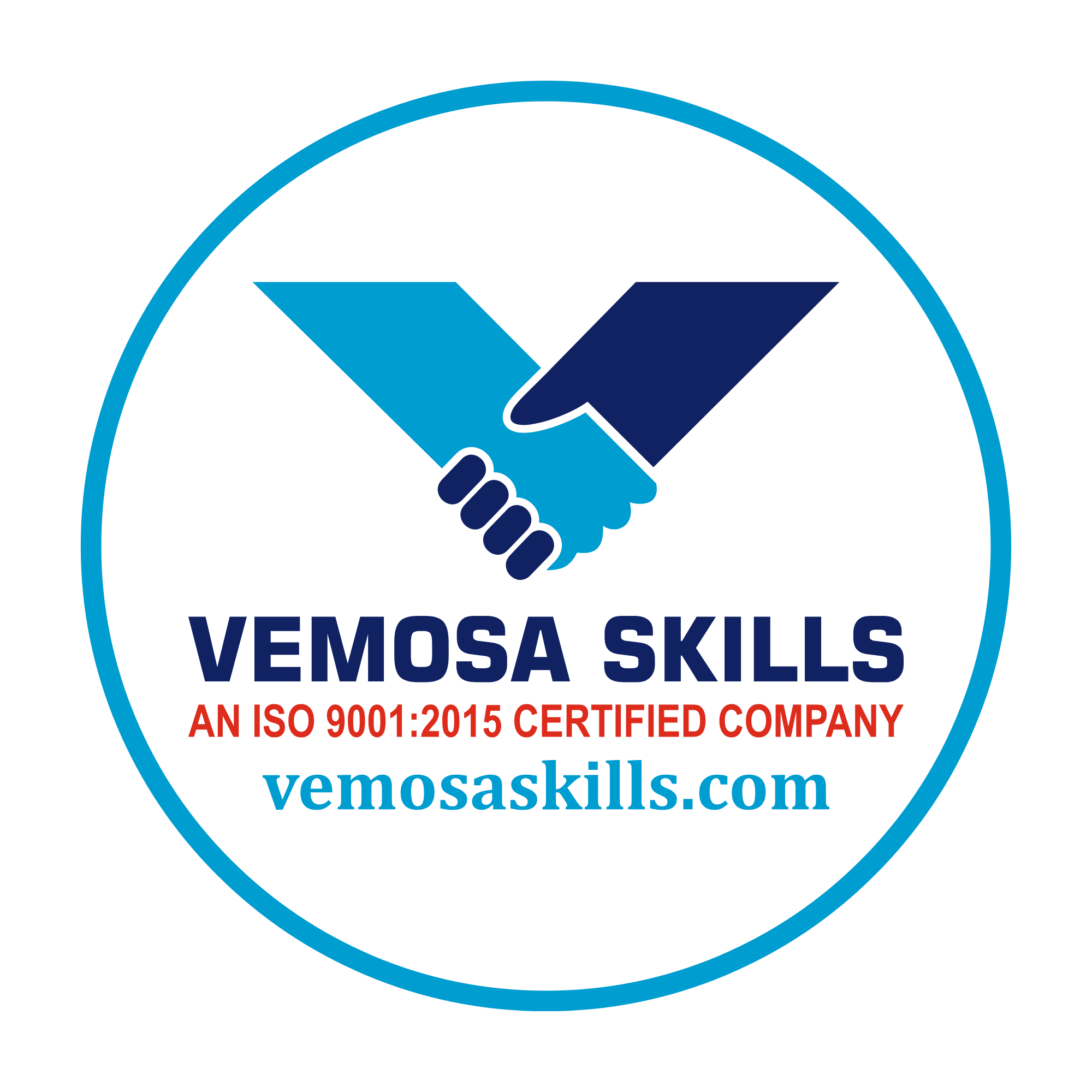Navigating Industry Trends : Keeping Your Training Center Curriculum Relevant
In the dynamic landscape of today’s industries, staying relevant is not just a goal, but a necessity. This is especially true for training centers, which serve as the backbone of an organization’s learning and development efforts. To ensure that employees are equipped with the latest skills and knowledge, it’s crucial for training centers to be adept at navigating industry trends and adapting their curriculum accordingly. In this article, we’ll explore strategies for keeping your training center curriculum up-to-date and aligned with the ever-evolving demands of the industry.
1. Embrace a Culture of Continuous Learning
The first step in keeping your training center curriculum relevant is to instill a culture of continuous learning. Encourage a mindset of curiosity and a thirst for knowledge among both trainers and trainees. Provide opportunities for ongoing education, such as workshops, webinars, and industry conferences. By fostering an environment where learning is valued and celebrated, you create a foundation for adaptability and growth.
2. Conduct Regular Industry Research
To stay ahead of the curve, it’s essential to invest time and resources in conducting regular industry research. Stay attuned to emerging technologies, methodologies, and best practices within your sector. Subscribe to relevant publications, follow thought leaders on social media, and participate in industry forums or discussion groups. This knowledge will serve as the foundation for updating and enhancing your training center’s curriculum.
3. Engage Industry Experts
Collaboration with industry experts is invaluable when it comes to keeping your curriculum relevant. Invite guest speakers, consultants, or practitioners who are at the forefront of industry trends to share their insights and experiences with your trainees. Their firsthand knowledge and expertise can provide a fresh perspective and ensure that your curriculum reflects the latest advancements and practices.
4. Leverage Technology and E-Learning Platforms
Incorporating technology into your training center can greatly enhance its ability to adapt to industry trends. Explore e-learning platforms, virtual simulations, and interactive tools that facilitate dynamic and engaging learning experiences. These technologies not only make it easier to update content but also allow for more agile responses to emerging trends.
5. Establish Feedback Loops
Feedback is a powerful tool for gauging the effectiveness and relevance of your training center’s curriculum. Solicit input from trainers, trainees, and industry partners on a regular basis. Conduct surveys, hold focus groups, or schedule one-on-one feedback sessions. Pay attention to trends in feedback and be responsive to suggestions for improvement. This iterative process ensures that your curriculum remains aligned with the evolving needs of your audience.
6. Pilot New Programs and Modules
Staying relevant often involves taking calculated risks. Consider piloting new programs or modules that address emerging industry trends. This experimental approach allows you to test the waters and gather valuable data on the effectiveness and reception of the content. Based on the results, you can refine and integrate successful elements into your main curriculum.
Conclusion
In a world where change is the only constant, maintaining a relevant training center curriculum is a strategic imperative. By fostering a culture of continuous learning, conducting thorough industry research, engaging with experts, leveraging technology, seeking feedback, and piloting innovative approaches, you position your training center as a dynamic hub of education and skill development. Embrace the challenge of navigating industry trends, and watch as your training center becomes a catalyst for success in an ever-evolving business landscape.





